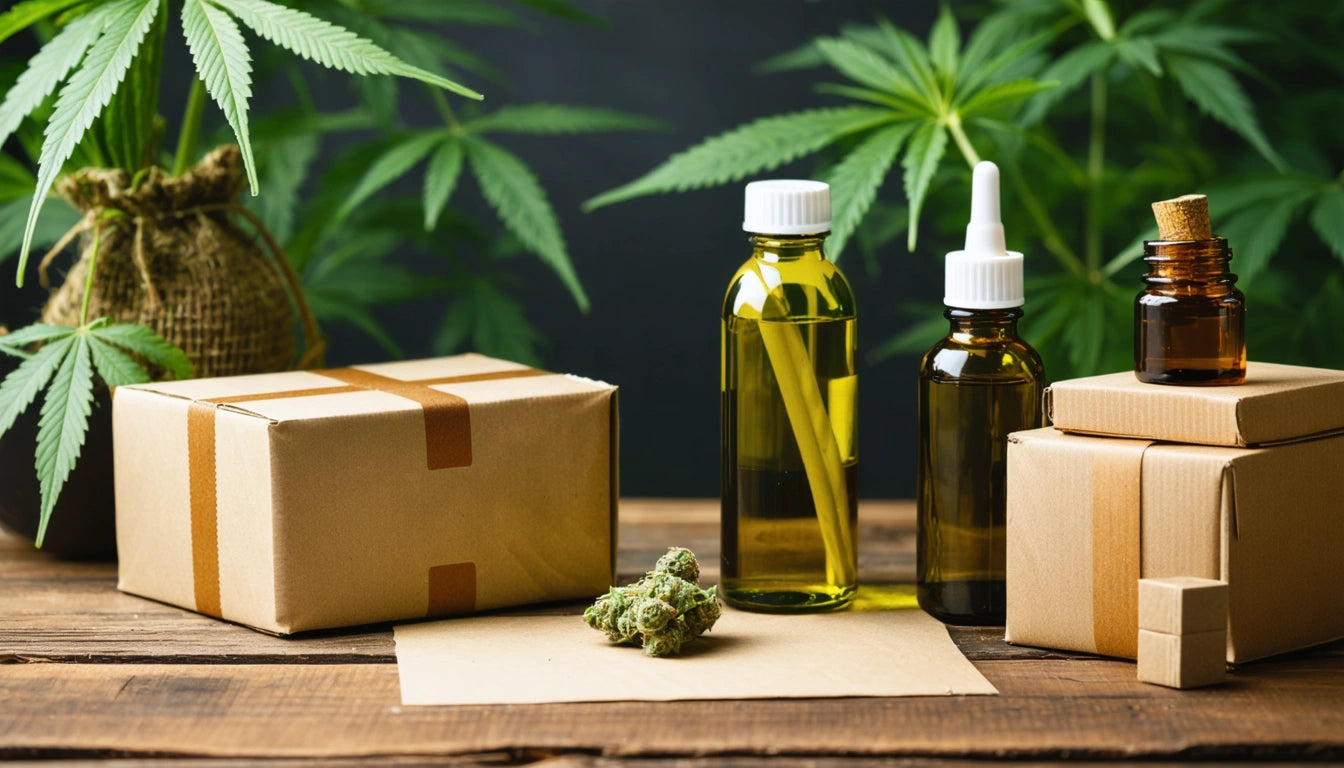Table of Contents
Understanding BPA: Common Products, Risks, and Health Concerns
Bisphenol A, commonly known as BPA, has become a household term associated with plastic safety concerns. This industrial chemical has been used since the 1960s in the production of certain plastics and resins. As consumer awareness grows about potential health impacts, questions arise about what BPA is found in and how bad BPA exposure might be for human health.
What is BPA? Understanding the Basics
BPA is an organic synthetic compound that belongs to the group of diphenylmethane derivatives and bisphenols. It serves as a building block of polycarbonate plastic, a clear, strong material used in many consumer products. BPA is also found in epoxy resins that coat the inside of metal products like food cans, bottle tops, and water supply pipes.
What makes BPA plastic concerning is its potential to leach into food or beverages, particularly when containers are heated or damaged. Unlike some bioplastics that offer biodegradable alternatives, traditional BPA-containing polycarbonates persist in the environment and may continue to release the chemical over time.
Common Products Containing BPA: Where It's Found
BPA is in what products? The list is surprisingly extensive and includes many everyday items:
- Food and beverage containers (polycarbonate bottles and containers)
- Canned foods (epoxy resin linings)
- Thermal paper receipts
- Dental sealants and composites
- Medical devices
- CDs and DVDs
- Electronic equipment
- Sports equipment
- Eyeglass lenses
The prevalence of BPA in food packaging is particularly concerning since direct contact with food increases the likelihood of ingestion. While many manufacturers have moved away from BPA in recent years, it remains present in numerous products, sometimes labeled under different names or as "BPA-free" alternatives that may contain similar compounds.
Health Risks Associated with BPA Exposure
Endocrine Disruption
How bad is BPA for human health? Research suggests that BPA can mimic the structure and function of the hormone estrogen. As an endocrine disruptor, it may interfere with the production, secretion, transport, action, or elimination of natural hormones. This disruption can affect developmental, reproductive, neurological, and immune functions.
Reproductive Health Concerns
Studies have linked BPA exposure to various reproductive issues, including:
- Reduced fertility
- Polycystic ovary syndrome
- Endometriosis
- Altered sperm production and quality
- Early puberty onset
Other Health Effects
Additional health concerns associated with BPA include:
- Increased risk of certain cancers (breast, prostate)
- Cardiovascular issues
- Obesity and metabolic disorders
- Neurodevelopmental problems
- Immune system dysfunction
- Liver damage
While the manufacturing process of BPA-containing plastics shares some similarities with how other plastic bottles are produced, the specific chemical properties of BPA create unique health concerns.
Regulations and Industry Response to BPA Concerns
As evidence of potential health risks has mounted, regulatory bodies worldwide have responded with varying degrees of restriction:
- The FDA banned BPA in baby bottles and sippy cups in 2012
- The European Union banned BPA in baby bottles in 2011 and restricted its use in food contact materials
- Canada declared BPA a toxic substance in 2010
- Several states have enacted their own restrictions on BPA in certain products
Industry response has included the development of BPA alternatives and "BPA-free" marketing campaigns. However, some replacements like BPS and BPF may have similar health effects, leading to concerns about "regrettable substitutions."
BPA Alternatives and Safer Options
For consumers concerned about BPA exposure, several alternatives exist:
- Glass containers for food storage and heating
- Stainless steel water bottles and food containers
- Silicone food storage products
- BPA-free plastics (though caution is advised)
- Unlined stainless steel cans or glass jars for food
- PLA (polylactic acid) bioplastics for some applications
Understanding what materials are truly safer requires some research. For example, PLA is a plant-based alternative that doesn't contain BPA, but it has different properties and limitations compared to traditional plastics.
When looking for truly durable alternatives to plastic products, consumers might consider specialized equipment made from safer materials. For instance, high-quality grinder machines made from aircraft-grade aluminum offer a safer alternative to plastic grinders for herb processing, with no risk of chemical leaching.
Practical Steps to Reduce BPA Exposure in Daily Life
While complete elimination of BPA exposure may be challenging in today's world, several practical steps can significantly reduce exposure:
- Avoid heating food in plastic containers, even if labeled "microwave-safe"
- Transfer canned foods to glass containers before storing leftovers
- Use glass, porcelain, or stainless steel containers for hot foods and liquids
- Reduce use of canned foods or look for cans labeled "BPA-free"
- Avoid handling thermal paper receipts when possible
- Look for products specifically labeled "BPA-free"
- Choose fresh or frozen foods over canned when possible
- Understand plastic recycling codes to identify potentially problematic materials
Understanding what BPA plastic is and where it's found empowers consumers to make informed choices. While various types of plastics serve important functions in our daily lives, awareness of their composition and potential risks allows for smarter usage and storage practices.
Future Research and Evolving Understanding of BPA Safety
The scientific understanding of BPA's health impacts continues to evolve. Current research is focusing on several key areas:
- Low-dose effects that may not follow traditional toxicological models
- Cumulative impacts of exposure to multiple bisphenols
- Transgenerational effects that may impact future generations
- Improved testing methods to better detect BPA in products and the human body
- Development of truly safer alternatives with similar functional properties
As research progresses, regulations and industry standards will likely continue to adapt. Consumers can stay informed by following updates from regulatory agencies and scientific organizations studying chemical safety. What we know about what BPA is found in and how bad BPA exposure can be will continue to develop, potentially leading to stricter regulations and better alternatives in the future.











Leave a comment
All comments are moderated before being published.
This site is protected by hCaptcha and the hCaptcha Privacy Policy and Terms of Service apply.